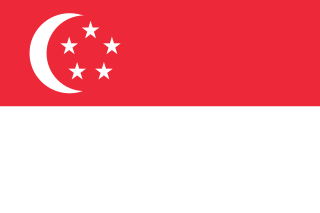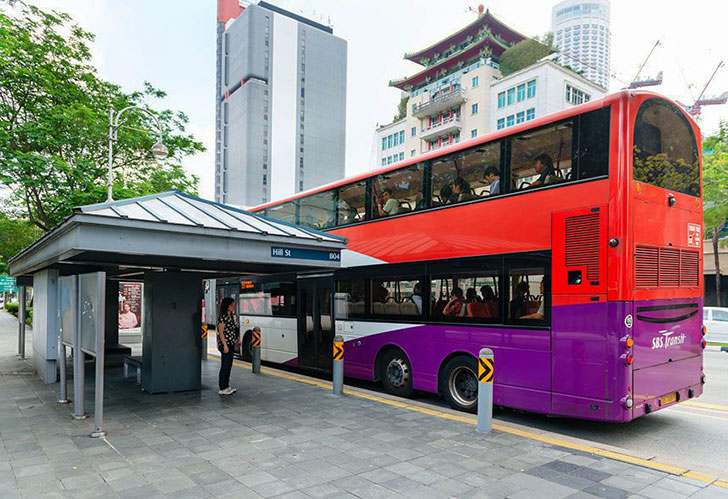Why Choose Singapore?




Pre-School Level
This level consists of pre-school playgroup for children at ages 3 and 4, followed by 3 years of kindergarten where the focus is on developing the basic language skills, writing skills, creativity and social skills of children. Singapore’s pre-school education direction is set through the belief that children are curious, active and competent learners, with a strong focus on holistic development that emphasizes social interaction between children and their peers, teachers and other adults which are vital for their development into intelligent, strong, active and competent people.
Pre-School Level



Primary Level
Singapore’s primary education consists of 6 years of compulsory study with the first 4 years focused on providing students with a strong foundation in English, Mother Tongue, Mathematics and Science. Students are then streamed according to their academic ability and required to sit for the national Primary School Leaving Examination (PSLE) at the end of their 6 years of Primary education, whereby they will be admitted into a secondary school based on their academic merit and choice.
Primary Level



Secondary Level
Singapore students at the Secondary level are placed in different streams: “Express”, “Normal (Academic)”, or “Normal (Technical)”, based on their PSLE results. Students in “Express” will study for four years in preparation of the Singapore-Cambridge GCE Ordinary-Level (O-Level) examinations while those in “Normal (Academic)” will go through four years of study that lead up to the Singapore Normal-Level (N-Level) examinations where students who fare well will study a fifth year and sit for the Singapore-Cambridge GCE O-Level examinations. Finally, those in “Normal (Technical)” go through four years of studying subjects of a more technical nature to prepare them for vocational education after the Singapore N-Level examinations.
Secondary Level



Post-Secondary Level
The tertiary level consists of multiple options available to students depending on their results and interests. Those with good O-Level examination grades (score of no more than 20 points for English and 5 best subjects) may choose to attend Junior College where they will study for two years in preparation for the Singapore-Cambridge GCE Advanced-Level (A-Level) examinations. Students may apply to Polytechnics and arts institutions in Singapore where the wide range of courses in various fields provide students with an industry-oriented education that prepares them for the working
Post-Secondary Level
Living and Education Costs
As the fourth most expensive city in the world for expatriates to live in, the standard of living in Singapore is quite naturally one of the highest in the world as well with an estimated average of $750 to $2,000 spent by international students monthly on living expenses.
Apart from tuition fees at international schools in Singapore which typically fall within the range of $18,000 to $36,000 annually, home rental and transportation (if you choose to buy a car) will be your biggest expense. However, transportation costs can be decreased drastically by sticking to public transport – such as buses and trains – which are readily available and extremely convenient. Dining options in Singapore are plentiful, a meal at a hawker centre or food court can easily cost as little as $4, while more upscale restaurants spanning a variety of cuisines cost upwards of $20 per meal.



